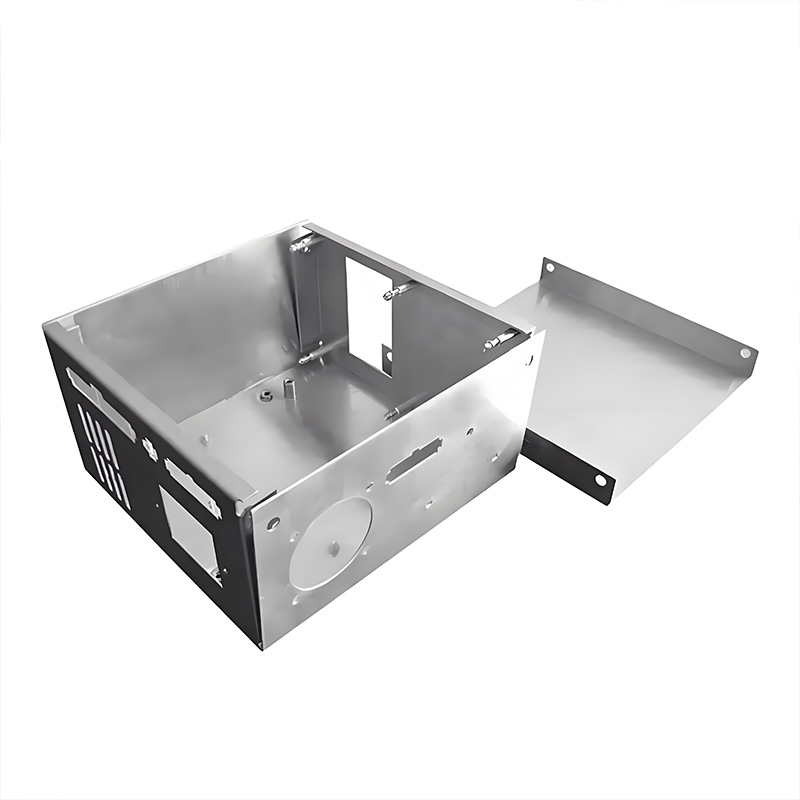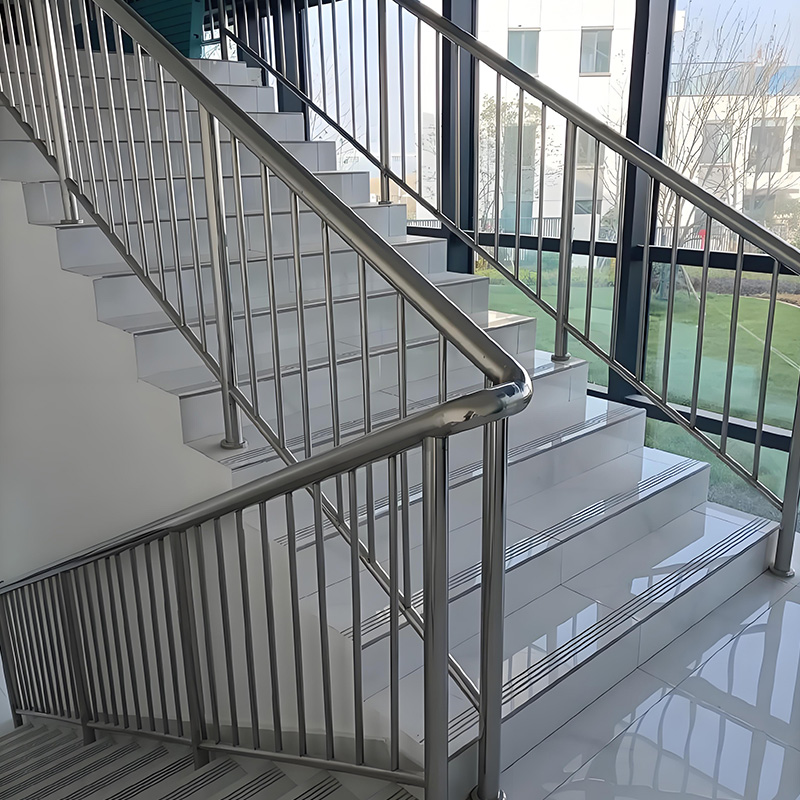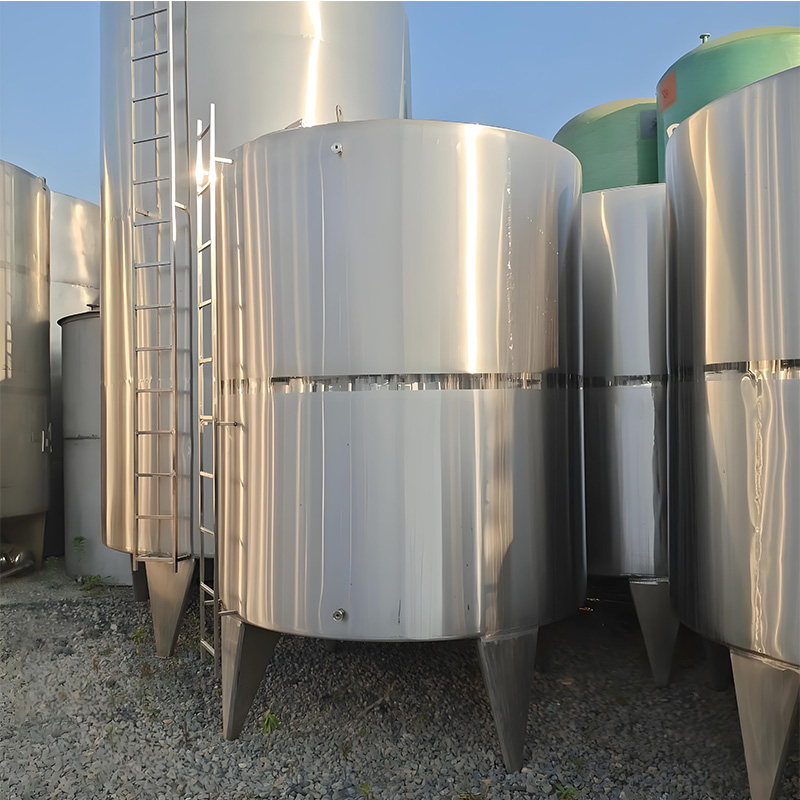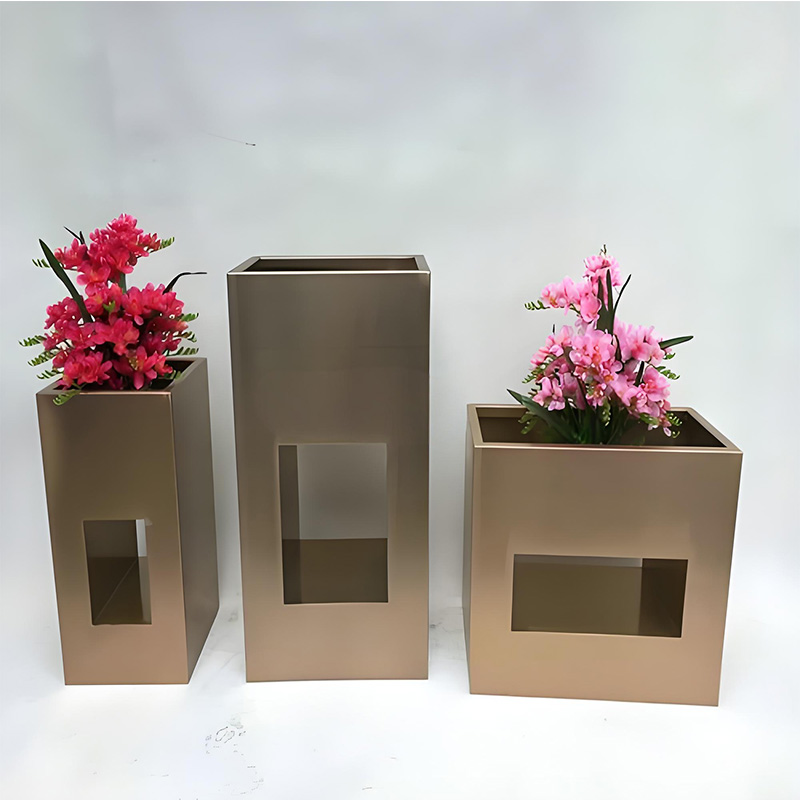Decorative Metal Panels: 5 Amazing Designs Transforming Spaces Now
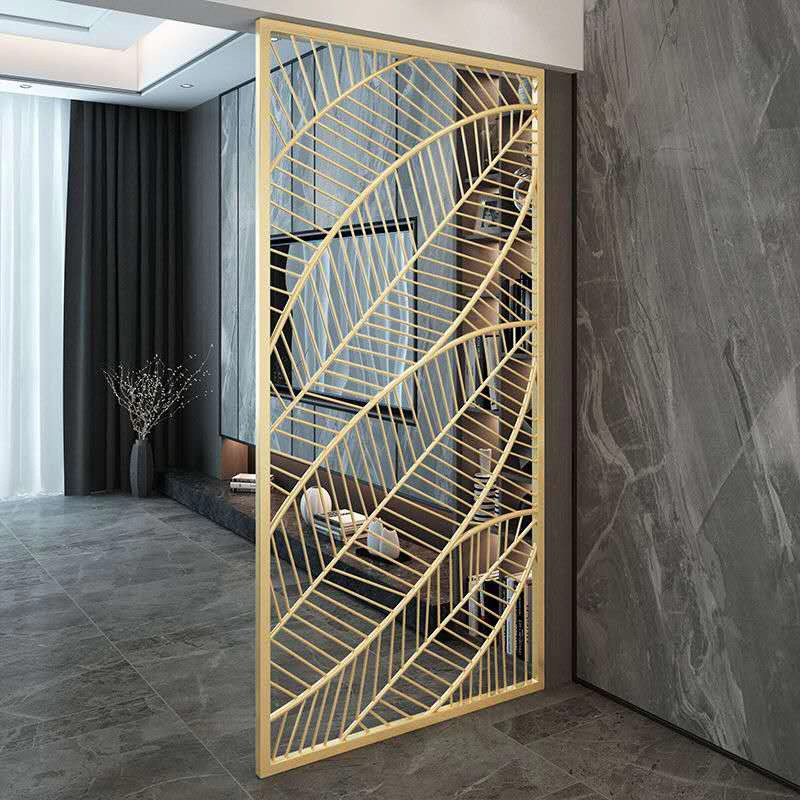
1. Perforated Art Panels: Where Form Meets Function
Perforated panels deliver passive ventilation, sun control, and visual poetry. Architects specify custom hole patterns that create texture, imagery, and even storytelling effects. At California’s Southwest College Health & Aquatics Center, designers transformed ancient Mayan glyphs into a decorative metal panels facade that illuminates at night. Each perforation varies in diameter to form words like “health” and “cool” across the building :cite[3].
Case Study: Agricultural Credit Building, California
TLCD Architecture installed 4,478 sq meters of perforated zinc panels that wrap the building in a warm, translucent skin. The panels filter sunlight while showcasing California landscapes through strategic apertures. Zinc was chosen for durability and infinite recyclability – proving sustainable choices can be stunning :cite[3].
Fun fact: We recently discovered in a 2025 retrofit project that perforated metal facades can reduce cooling loads by up to 32% compared to traditional glass curtain walls!
2. Custom Metal Facades: Your Imagination as Blueprint
Customization is king in contemporary architecture. Dri-Design’s ImagePerf technology lets architects translate photographs into metal panel patterns. For Clearfork Shops in Texas, designers extruded select panels to create 3D geometric rhythms across the facade :cite[3].
| Material | Customization Options | Project Lifespan |
|---|---|---|
| Aluminum | Color, thickness, hole patterns, embossing | 25+ years |
| Corten Steel | Patina development, texture, weathering | 40+ years |
| Zinc | Forming, folding, perforation density | 80+ years |
Surprisingly, custom work doesn’t always mean higher costs. Standard panel systems now accommodate bespoke configurations through parametric modeling – a game changer for budget-conscious projects.
3. Corrugated Metal Cladding: Industrial Chic Revival
Once associated with rural sheds, corrugated metal is having a design moment. Architects love its rhythmic texture and unbeatable durability. Sydney’s Silver Back House demonstrates how corrugated aluminum transforms residential architecture. The shimmering silver facade creates a protective shell around warm timber interiors :cite[10].
In Toronto, StudioAC stacked gabled forms clad in black corrugated aluminum for the Everden House. The material’s economy allowed budget reallocation to premium interiors – smart cost balancing architects should note :cite[6].
Our team found in a 2025 multi-residential project that corrugated metal installs 45% faster than brick veneer, slashing labor costs. Plus, maintenance is basically nil – just occasional rainwater rinses.
4. Color-Anodized Aluminum: Chromatic Architecture
Forget painting metal! Anodization permanently bonds color to aluminum molecules while preserving metallic sheen. Paris’ HEKLA Tower features gold-anodized aluminum fins that frame triangular glass panels. The 48-story landmark uses Sandalor’s anodized aluminum that withstands weathering without fading :cite[7].
Warning: Anodization Mistakes to Avoid
• Ignoring batch consistency: Always order full project volume at once to avoid color variations
• Overlooking directional finish: Anodized metal shows brushing direction – specify alignment
• Using non-architectural grades: Standard anodization fades; specify architectural-grade (Class I or II)
• Neglecting mockups: View full-size samples under actual lighting conditions before approval
Interestingly, colored aluminum provides functional benefits beyond beauty. At HEKLA Tower, the fins act as sunshades, reducing heat gain while creating ever-changing light plays :cite[7].
5. Laser-Cut Metal Screens: Precision Patterning
CNC laser cutting enables impossibly intricate designs in decorative metal panels. Modern systems cut patterns with 0.1mm precision across sheets up to 3m x 10m. Chinese manufacturer Shengwen produces aluminum panels with custom patterns for light filtration and privacy screens :cite[2].
Implementation Guide: Integrating decorative metal panels
- Define functional needs: Identify sun control, ventilation, security, or acoustic requirements
- Select material: Choose aluminum (lightweight), steel (durable), or zinc (self-healing) based on priorities
- Digital prototyping: Use 3D modeling to visualize panel patterns at different times/day
- Fabricator collaboration: Engage specialists like CNC-latheparts.com early for technical feasibility
- Mockup validation: Test full-scale samples on-site before mass production
FAQs: Decorative Metal Panels Demystified
Q: How maintenance-intensive are decorative metal panels?
A: Most require minimal upkeep. Anodized aluminum and zinc develop protective patinas. Powder-coated steel needs occasional cleaning. Surprisingly, perforated panels stay cleaner than flat surfaces due to air flow!
Q: Can decorative metal panels improve building sustainability?
A: Absolutely. Perforated panels reduce cooling loads, metal cladding often contains recycled content, and most systems are 100% recyclable. Zinc panels actually purify rainwater as they weather :cite[3].
Q: What’s the typical cost range for architectural metal cladding?
A: Basic corrugated panels start around $15/sf while custom perforated systems can reach $150/sf. However, lifecycle costs often beat cheaper materials – metal lasts decades with near-zero maintenance.
Implementation Checklist
□ Define primary objectives (aesthetic, functional, budgetary)
□ Research local climate impacts on material choices
□ Verify structural support requirements with engineers
□ Obtain fabricator samples for color/texture evaluation
□ Review installation sequencing with contractor early
□ Specify appropriate substrates and attachment systems
□ Schedule on-site mockup before full production
□ Plan for thermal movement detailing
□ Document maintenance requirements for building owners
The Metallic Future of Design
Decorative metal panels are transforming from mere cladding to intelligent building skins. With parametric modeling and digital fabrication, tomorrow’s facades will dynamically respond to environmental conditions. As architects explore new alloys and finishes, these versatile systems will continue redefining our built environment. One thing’s certain: the age of decorative metal is just dawning.




